The Instaprint Camera Market is currently characterized by a dynamic competitive landscape, driven by technological advancements and evolving consumer preferences. Key players such as Fujifilm (Japan), Canon (Japan), and Polaroid (US) are at the forefront, each adopting distinct strategies to enhance their market positioning. Fujifilm (Japan) emphasizes innovation in instant film technology, while Canon (Japan) focuses on integrating digital features into their instant cameras. Polaroid (US), on the other hand, leverages its nostalgic brand identity to attract a younger demographic, thereby shaping a competitive environment that is both diverse and rapidly evolving.
In terms of business tactics, companies are increasingly localizing manufacturing to reduce costs and enhance supply chain efficiency. The market appears moderately fragmented, with several players vying for consumer attention. This fragmentation allows for niche opportunities, particularly for brands that can effectively differentiate themselves through unique product offerings or targeted marketing strategies. The collective influence of these key players is significant, as they not only compete on product features but also on brand loyalty and consumer engagement.
In August 2025, Fujifilm (Japan) launched a new line of instant cameras that incorporate advanced AI features for enhanced image processing. This strategic move is likely to attract tech-savvy consumers who seek high-quality instant photography experiences. By integrating AI, Fujifilm (Japan) positions itself as a leader in innovation, potentially setting new standards for the industry and compelling competitors to follow suit.
In September 2025, Canon (Japan) announced a partnership with a leading social media platform to create a unique sharing experience for instant photos. This collaboration is indicative of Canon's strategy to merge traditional photography with digital engagement, thereby appealing to a younger audience that values instant sharing capabilities. Such partnerships may redefine how consumers interact with instant photography, emphasizing the importance of connectivity in modern devices.
In July 2025, Polaroid (US) unveiled a sustainability initiative aimed at reducing plastic waste in its products. This initiative not only aligns with global sustainability trends but also enhances Polaroid's brand image among environmentally conscious consumers. By prioritizing sustainability, Polaroid (US) could potentially capture a growing segment of the market that values eco-friendly practices, thereby differentiating itself from competitors.
As of October 2025, the competitive trends in the Instaprint Camera Market are increasingly influenced by digitalization, sustainability, and the integration of AI technologies. Strategic alliances are becoming more prevalent, as companies recognize the need to collaborate in order to innovate and meet consumer demands. Looking ahead, it appears that competitive differentiation will likely shift from traditional price-based competition to a focus on innovation, technological advancements, and supply chain reliability, as brands strive to create unique value propositions in a crowded marketplace.


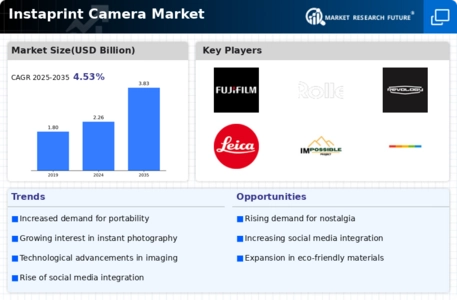
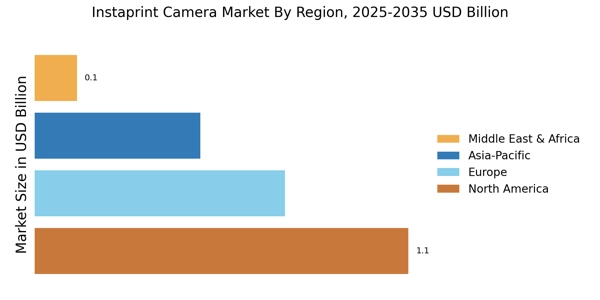
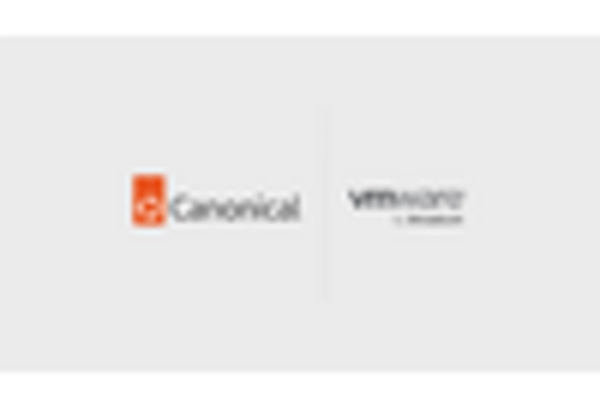
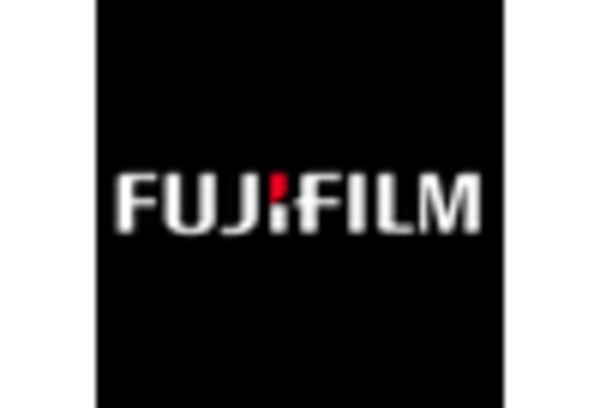

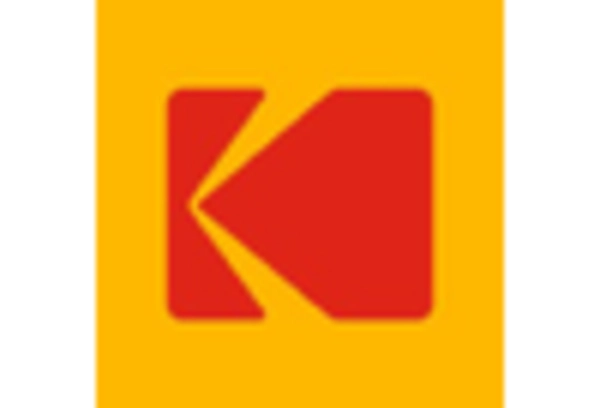

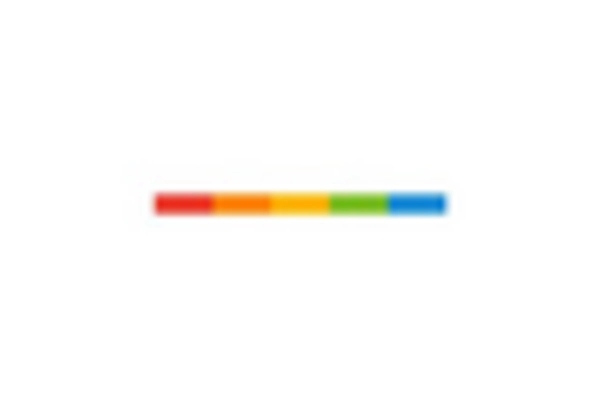








Leave a Comment